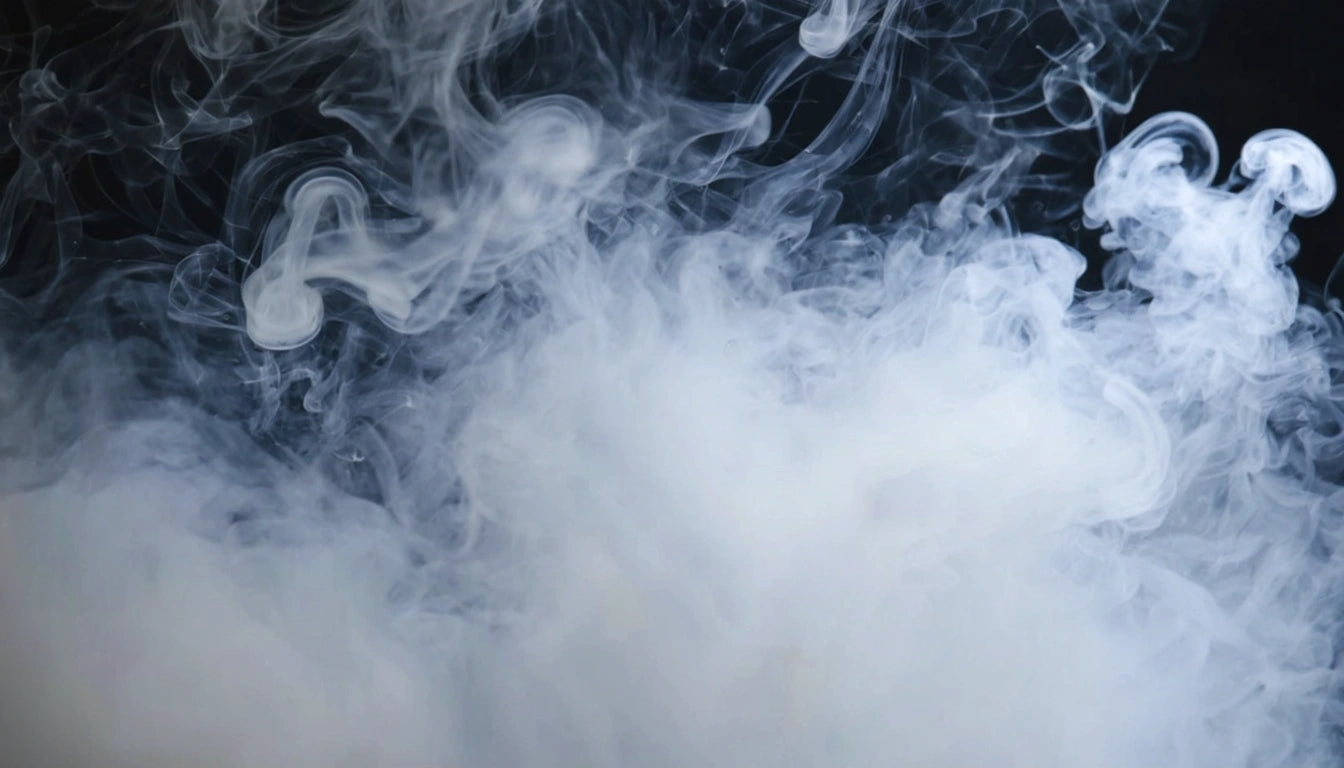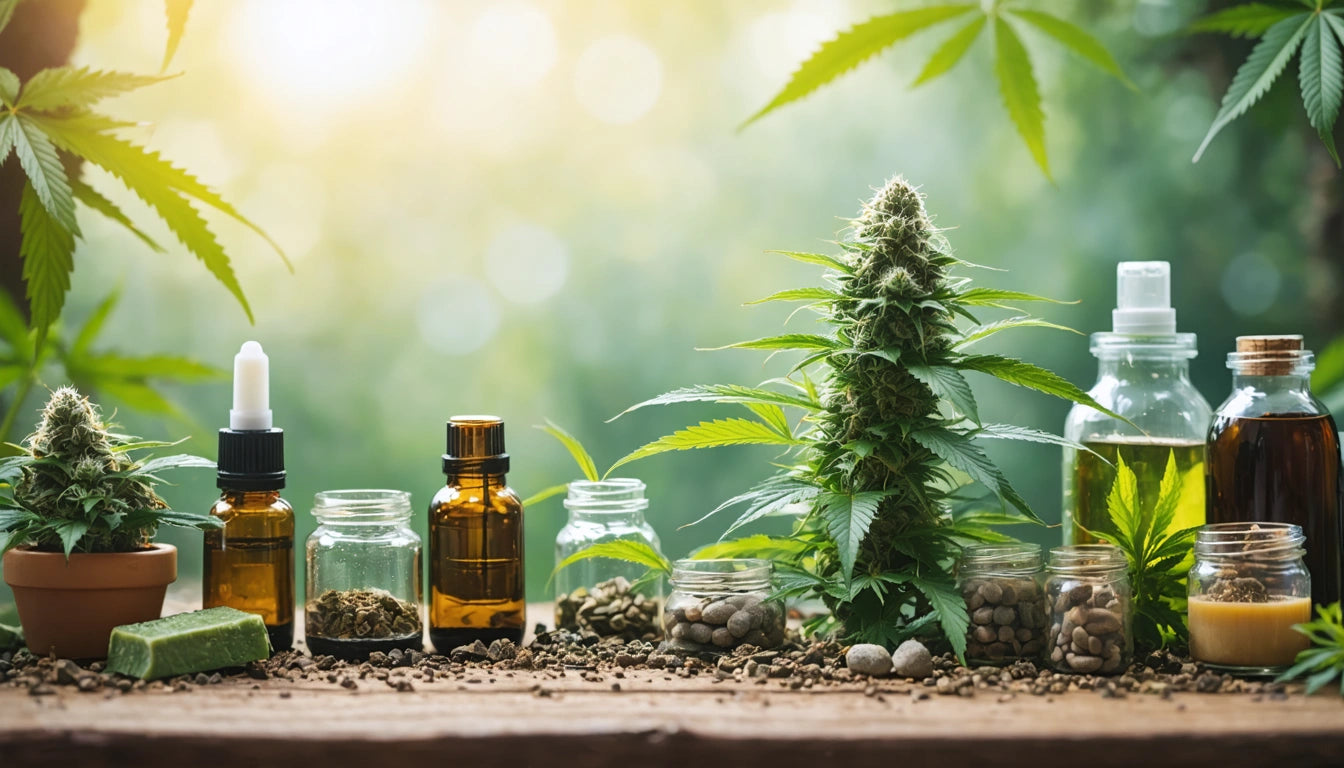Table of Contents
The Optimal Temperature for Vaping Dry Herb: A Comprehensive Guide
Finding the best temperature for vaping dry herb can significantly impact your experience, affecting everything from flavor profile to potency and therapeutic effects. Unlike combustion methods, vaporizing allows precise control over temperature, unlocking specific compounds at different heat levels. This guide explores optimal temperature settings to help you customize your dry herb vaping experience.
Temperature Basics for Dry Herb Vaping
Vaporization occurs when heat converts the active compounds in cannabis into inhalable vapor without combustion. The sweet spot for most dry herb vaping falls between 320 °F (160 °C) and 430 °F (220 °C). Below 320 °F, you'll get minimal vapor production, while temperatures above 430 °F risk combustion, defeating the purpose of vaping.
According to research on optimal vaping temperatures, the best temperature to vape dry herb depends on your priorities: flavor preservation, potency maximization, or specific therapeutic effects.
Ideal Temperature Ranges for Different Effects
Low Temperature: 320 °F-350 °F (160 °C-175 °C)
This range produces light vapor with maximum flavor preservation. The best temp for dry herb vaporizer sessions focused on taste typically falls here. You'll experience:
- Pronounced terpene profiles
- Milder effects
- Smoother inhales
- Less visible vapor
Medium Temperature: 350 °F-390 °F (175 °C-200 °C)
The most popular range offering balanced effects and vapor production. What temp to vape dry flower for a balanced experience? This range delivers:
- Good flavor retention
- Moderate vapor density
- Fuller effects profile
- Balanced therapeutic benefits
High Temperature: 390 °F-430 °F (200 °C-220 °C)
Maximum extraction for intense effects, though with diminished flavor. The best vape temp for dry herb when seeking potency includes:
- Dense vapor production
- Stronger body effects
- Maximum compound extraction
- Potentially harsher inhales
Compound-Specific Temperature Settings
Different cannabinoids and terpenes vaporize at varying temperatures. Understanding these thresholds helps when determining what temp to vape dry herb for specific effects:
Cannabinoids
- CBD: 320 °F-356 °F (160 °C-180 °C)
- THC: 315 °F-428 °F (157 °C-220 °C)
- CBN: 365 °F+ (185 °C+)
- CBC: 428 °F+ (220 °C+)
Terpenes
- Pinene: 311 °F (155 °C)
- Limonene: 350 °F (176 °C)
- Myrcene: 332 °F (167 °C)
- Linalool: 388 °F (198 °C)
As explained in this comprehensive temperature guide, targeting specific compounds requires adjusting your vaping temperature accordingly.
Device Considerations for Temperature Control
Your device's heating method affects temperature precision and consistency. When determining the best temp to vape dry flower, consider your vaporizer type:
Conduction Vaporizers
These heat dry herb through direct contact with a heated surface. They typically require:
- Higher temperature settings (add 10 °F/5 °C to target)
- More frequent stirring for even extraction
- Shorter sessions at peak temperature
Convection Vaporizers
These circulate hot air through the herb without direct contact, offering:
- More accurate temperature readings
- Even heating without stirring
- Better flavor preservation
For commercial operations handling multiple devices, efficient filling equipment for herb processing can help maintain consistency across products and improve operational workflow.
Understanding your device is crucial, as detailed in this guide on dry herb vape functionality.
Temperature Techniques for Optimal Sessions
Temperature Stepping
Many experienced users employ temperature stepping to maximize extraction:
- Start at a lower temperature (around 340 °F/170 °C)
- Enjoy the flavorful initial draws
- Increase by 10-15 °F every few draws
- Finish at higher temperatures (390 °F-410 °F/200 °C-210 °C)
Material Preparation
Proper preparation affects vapor production and temperature efficiency:
- Grind consistency: Medium-fine grind typically works best
- Moisture content: Properly dried herb vaporizes more efficiently
- Packing density: Not too tight, not too loose
According to research on optimal humidity levels, herb with 8-10% moisture content typically performs best in vaporizers.
Maximizing Your Vaping Experience Through Temperature Control
Finding your personal best temperature for dry herb vaporizer sessions may require experimentation. Consider keeping a vaping journal to track temperature settings and their effects. Many users find their preferences evolve over time, often starting with lower temperatures for flavor and gradually exploring higher temperatures for different effects.
Remember that factors like herb variety, moisture content, grind consistency, and even ambient temperature can influence your results. The best temp for vaping dry herb ultimately depends on your personal preferences and goals for each session.
By understanding temperature fundamentals and applying this knowledge to your specific device and material, you'll be able to consistently achieve your desired effects while maximizing the efficiency of your dry herb.











Leave a comment
All comments are moderated before being published.
This site is protected by hCaptcha and the hCaptcha Privacy Policy and Terms of Service apply.